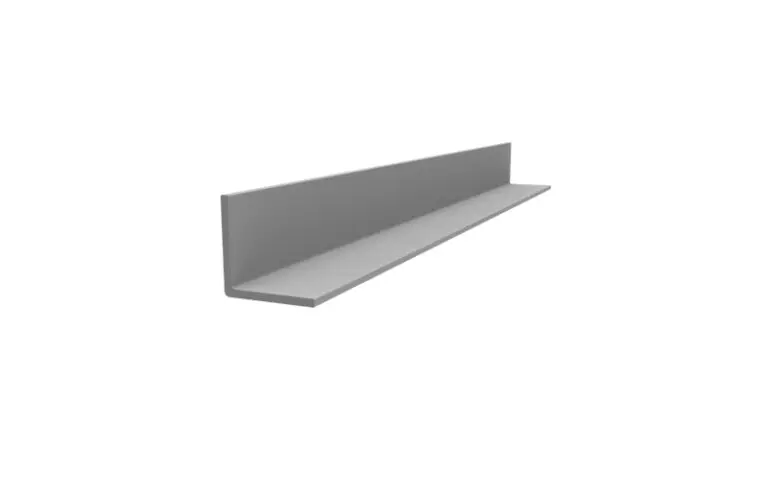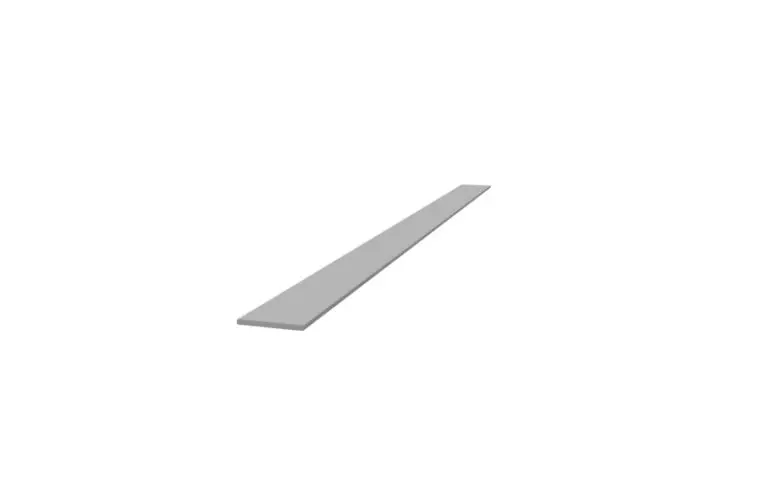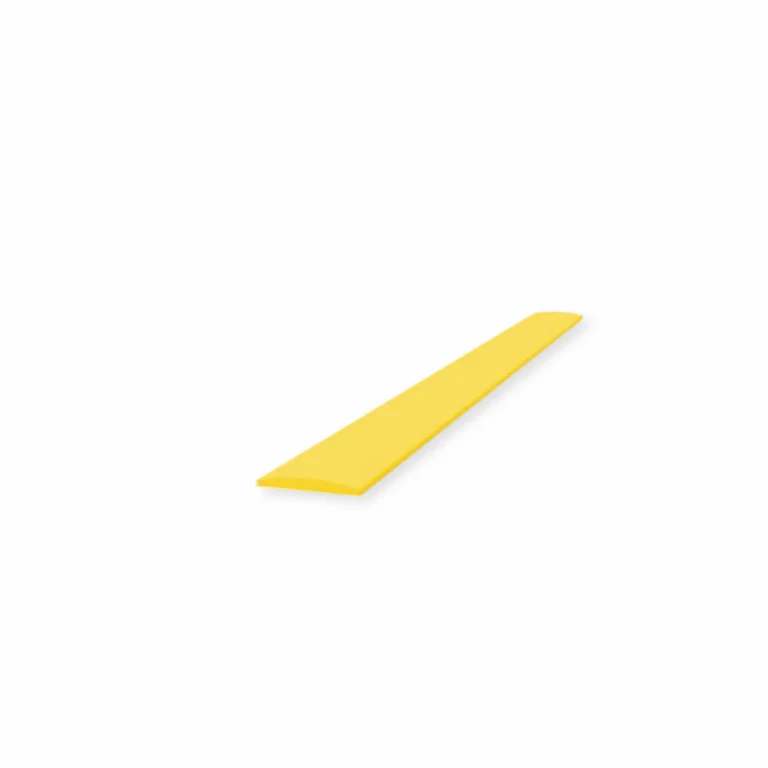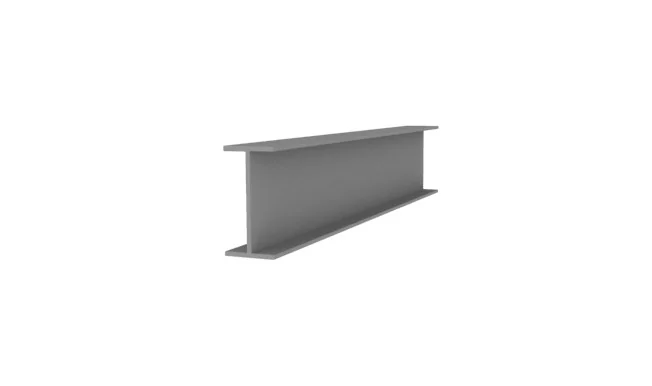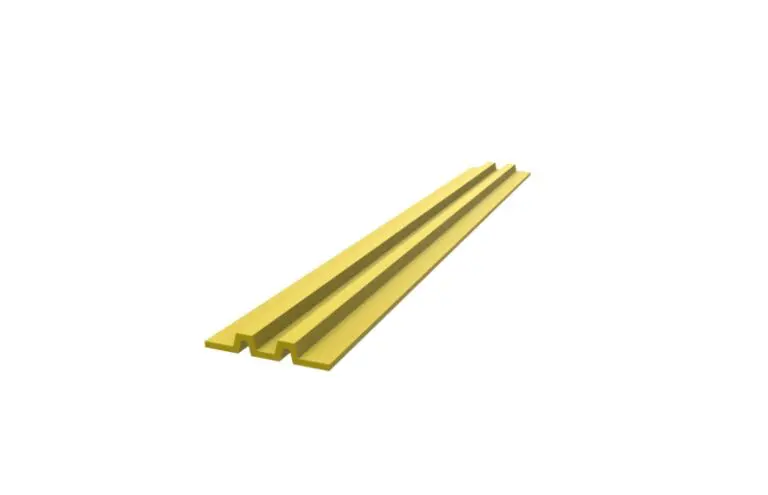FRP Structural Sections
Categories
FRP Structural Sections
Resources
FRP Structural Sections Resources
FAQs
What are FRP structural sections commonly used for?
FRP structural sections are widely used in construction projects, such as platforms, walkways, and industrial structures. They are preferred due to their high strength, corrosion resistance, and lightweight properties.
How does the strength of FRP structural sections compare to steel?
FRP structural sections provide comparable strength to steel but are significantly lighter, easier to handle, and resistant to rust and corrosion. This makes them ideal for applications in moist or chemical environments.
What factors should be considered when selecting an FRP profile?
When choosing an FRP structural profile, consider the load requirements, environmental conditions (such as exposure to chemicals, moisture, or UV), the desired span length, deflection limits, and installation constraints. Refer to GRP-GU-01 Structural section design guide for further details.
What fabrication processes are recommended for FRP structural sections?
FRP structural sections can be cut, drilled, and machined using standard carbide-tipped or diamond-coated tools. It’s essential to use tools with dust extraction systems to minimise airborne particles, as FRP dust should not be inhaled. Always wear appropriate personal protective equipment (PPE), including masks, gloves, and eye protection. For best results, make clean, precise cuts and avoid excessive force, which can cause splintering.
What are the best practices for joining FRP structural sections?
Common joining techniques for FRP include mechanical fastening (using stainless steel or non-corrosive bolts and screws), adhesive bonding with structural epoxy or polyurethane adhesives, and a combination of both for added strength. Pre-drilling is advised to prevent cracking, and where possible, oversized holes with washers are recommended to accommodate thermal expansion. For load-bearing joints, refer to GRP-GU-01 Structural section design guide for further details.
How do I ensure the long-term performance of FRP joints?
To maintain joint integrity over time, use corrosion-resistant fasteners, regularly inspect connections for signs of wear or loosening, and re-torque bolts as needed. For adhesive joints, follow recommended curing times and environmental conditions during application. Protective coatings or sealants may be used in harsh environments for additional durability.
Do FRP structural sections need to be painted?
Yes, if FRP structural sections are exposed to direct sunlight, it is recommended to apply a UV-resistant paint or protective coating. Prolonged exposure to ultraviolet (UV) radiation can degrade the surface resin & leads to discoloration. A suitable coating preserves the appearance and extends the service life of the FRP sections, especially in outdoor applications. For installations not exposed to sunlight, painting is generally optional but may be used for identification or aesthetic reasons.
Contact GRP Today
Discover how GRP Australia can bring your ideas to life with cutting-edge FRP design and engineering tailored to your needs.
Contact us today to explore what’s possible!


